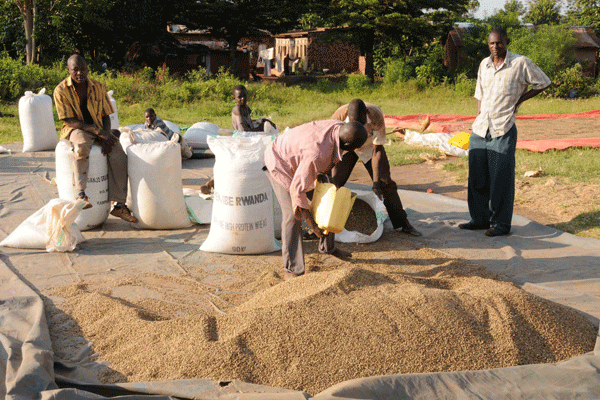Prime
Rethinking media viability in the face of Covid-19

Dr Maractho is an academic and researcher. COURTESY PHOTO
What you need to know:
- It has to be said that while Covid-19 has been punishing to the media in a peculiar way, it found an already fertile ground for disruption based on political and environmental factors in our context.
The Media Challenge Initiative (MCI) with whom we have partnered on training of journalists, recently asked me to weigh in on the subject of media viability for them.
I wrote a short paper (partly reproduced here), noting the challenges with specific focus on Uganda, which is critical because media viability in many contexts is largely affected by existing legal and policy framework or the regulatory environment in general.
It has to be said that while Covid-19 has been punishing to the media in a peculiar way, it found an already fertile ground for disruption based on political and environmental factors in our context.
It should be noted that much of the media in Uganda is privately-owned and operate as businesses. Even then, we should underscore that the media is a different kind of business, with the public interest at heart. Media is thus run in public trust. That is why viability should be a matter of interest for all actors, especially regulators.
The main way that Covid-19 affected media was weakening its revenue that resulted in scaling down of operations, laying off of staff or reducing salaries, difficulties in distribution due to lockdown restrictions, increased risk of contracting Covid-19 for journalists, and disruption of journalism training, including its flagship component of internship in media houses.
For this article, I am more inclined to focus on various possibilities that these challenges present for media viability. It may not be possible to go back to the old ways of news production, and Covid-19 may be around for a while. Despite the arrival of a vaccine, threats remain. A lot has changed and some for the better. The lessons give opportunities for enhancing media viability.
First, there is a big window for legacy media to cultivate public trust that was shrinking. In the face of increased misinformation and disinformation or more generally fake news as the need for information on Covid-19 increased, newspapers and their broadcast counterparts became points of verification. The avalanche of information on social media and the lack of credibility of much of it led many people to regain some trust in legacy media.
It is evident the media did not do enough to question the official narratives on Covid-19, but it can begin to do more in terms of providing in-depth analysis of events and asking questions the public may not. Many of the main media houses already have the human resource with which to do this kind of work. Bringing enterprise back into reporting and regaining public trust is possible. But that will require cooperation between actors.
Second, the media now has the opportunity to revisit its operations and cluster roles. This will enable journalists to work with much needed flexibility – working from home for those whose roles may not require them to be in the newsroom every day or stagger their days in office.
This flexibility may enable some journalists to put their creativity to work and earn extra income where possible, or return to school for further studies while working. The newsroom has in the past operated as a military camp where pressure is the key word. Smarter ways of operation can be cultivated to reduce costs, strategically.
Third, in order to support the new models of operations, media organisations may need to invest in research and revisit their strategic plans. It is not clear how much media houses invest in understanding who their audience is, how to meet their needs or respond in difficult times.
A strong research and development culture is an essential for every media house intent on balancing news production and profit while understanding the nature of markets. It is also the only way by which media houses may cultivate some good ground for media diversity both at the level of content and inclusion of otherwise excluded audiences, as well as supporting multimedia development. Diversity may also be extended to revenue streams to boost advertising or running parallel businesses that feed into news production.
Fourth, while it may seem redundant to suggest that investment in technology is key at a time when media houses are financially struggling, it may be what is needed for the other solutions to work. For people to work from home, they need relevant technology to support their work. This can range from hardware to software for fact verification and cheaper ways to maintain communication.
Fifth, media houses can collaborate more on areas where they face similar existential threat. It is a given that the media is a business and by nature faces competition. But it needs to cooperate on matters of environmental threats that affect the industry. Collaboration is a big topic for another day, but there are many mechanisms by which this can be beneficial to all.
Finally, Covid-19 also exposed some real skill gaps among journalists. The lack of enterprise, initiative, curiosity and ability to multi-task. Media houses need to invest in capacity building for journalists, either independently or working together with media development organisations that offer training. Training institutions too need to retool their staff to meet current demands.
Ms Maractho (PhD) is the head and senior lecturer, Department of Journalism and Media Studies at UCU. [email protected]




